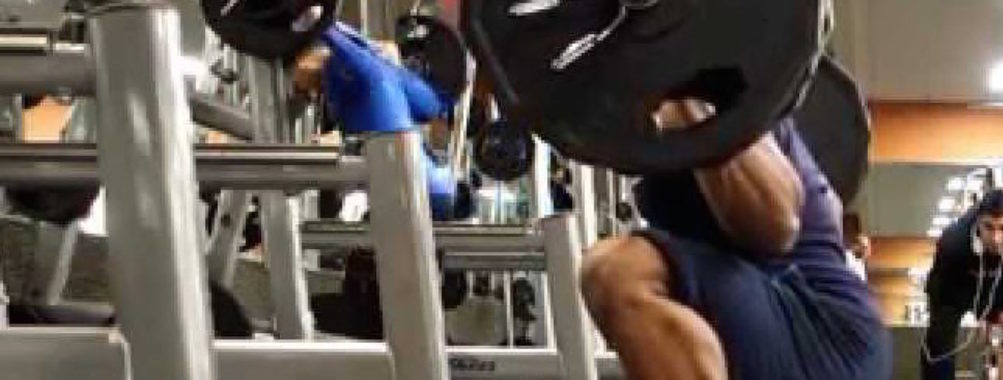
BG-13: Taking Things Too Far
I am all for challenging myself and my clients to see and to show them what we are capable of, because, after-all, challenges are the very reason you, I, or any of them are able to get better at anything that we do. If we want to know what we can handle, or if we want to grow or get better, at doing anything, its simply what we have to do. Often times, however, too many people take things just a little too far in the weight room and cause a lot of structural damage in the process. Its ok to accept challenges, but its best, before-hand, to know what you are doing.
Most people who aren’t in the health, fitness, wellness and rehab industries tend to forget, or, I guess, not realize that when you exercise you are affecting more than just the intended muscle. Even some of those that are actually in the fitness and wellness industry either forget or simply don’t know.
But when you are well aware of the body’s anatomy, you are well aware that the body contains other soft tissues that also support the body, such as tendons, ligaments and cartilage, which are all found around the areas of a joint. And because of that, not all exercises and all movements are good for you, regardless of who has been doing them or for how long they have been done.
Take the deep squat for instance. In this exercise, the goal of the exerciser is to squat down, keep the feet flat and take the hips down as close to the floor as possible – beyond the point where the quads and glutes are even working – and then pushing yourself back up from that position by contracting the glutes, quads and hamstrings.
I have 2 problems with that exercise. First, I STILL cant figure out, exactly what muscle(s) you actually are using to get yourself up from that deep squat position. Because the muscles you are supposed to be using become so overstretched that they virtually become inactive at the bottom range of that movement.
Second, the amount of stretch that gets put on the patellar tendon once you are beyond 90 degrees (plus or minus) at the knee joint is way beyond the amount of stretch that is supposed to be put on it. This exercise also puts the meniscus (knee cartilage) and the Anterior Cruciate Ligament – aka the ACL – into bad positions as well.
Ligaments are designed to have some give but no true stretch. ACLs are designed to have even less stretch than what the ligaments are supposed to have.
By doing this exercise, and adding a hundred pounds or more of weight, on top of the body’s weight, it puts the joint at significant risk for injury. Joint laxity and instability of the knees start to develop because the tendons and ligaments DO NOT have that same recoiling effect that muscles have.
Another fan favorite exercise that should be banned is the tricep dip. The stress that gets added to the ligaments and tendons of the shoulder, with this exercise, puts you in the same position as with the hips and the deep squat. It creates a lot of instability which can lead to a lot of aches, pains, dislocations, tears and even surgeries.
Just because its an exercise that has always been done, doesn’t mean you should keep doing them. The risk of taking your exercises too far is not worth the investment, so choose your exercises wisely.
CLICK HERE to view our previous posts, or CLICK HERE to contact us.

